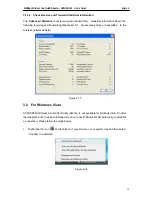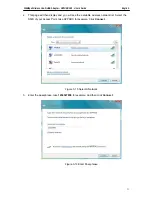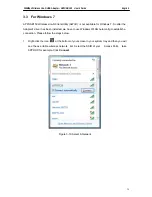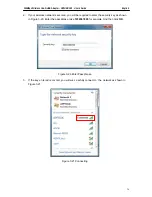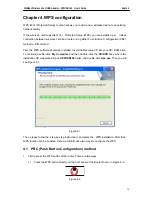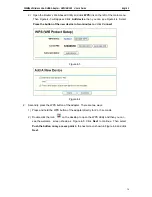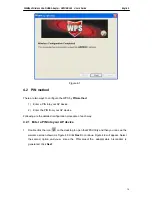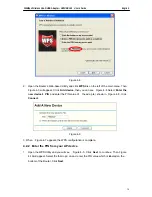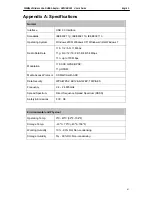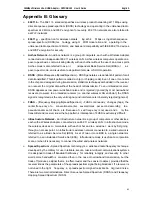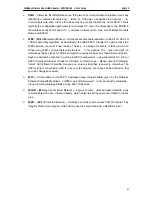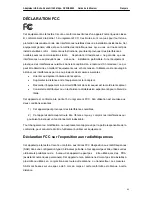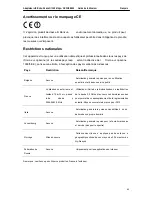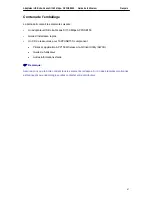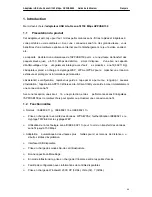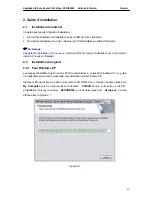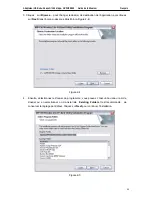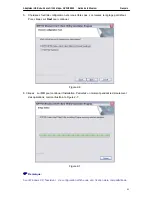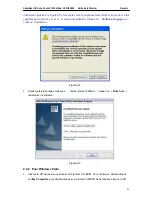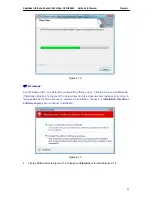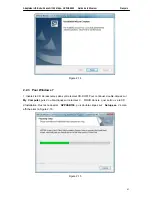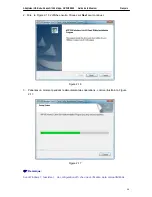
150Mbps Wireless Lite-N USB Adapter – APPUSB150 User’s Guide English
SSID -
A
S
ervice
S
et
Id
entification is a thirty-two char acter (maximum) alphan umeric key
identifying a wireless local area ne
twork. Fo r the wirel ess devices in a network
to
communicate with each other, all de vices must b e configured with the same SSID. T his is
typically the configuration parameter for a wi reless PC card. It corresponds to the ESSID in
the wireless Access Point and to th e wireless n etwork nam e.
See also
Wireless N etwork
Name and ESSID.
WEP -
(
W
ired
E
quivalent
P
rivacy)
-
A data privacy mechanism based on a 64-bit or 128-bit or
152-bit shared key algorithm, as described in the IEEE 802.11 standard. To gain access to a
WEP networ k, you must know the key. The key is a string of characte rs that you crea te.
When using WEP, you must determine the leve
l of encryption. The type of encrypt ion
determines the key lengt h. 128-bit en cryption requires a long er key than 64-bit encryption.
Keys are defined by entering in a string in HEX (hexadecimal - using characters 0-9, A-F) or
ASCII (American Standar d Code for Informati on Interchang e – alphan umeric characters)
format. ASCII format is provide d so you can enter a string that is easier to remember. The
ASCII string is converted to HEX for use over the network. Four keys can be defined so that
you can change keys easily.
Wi-Fi -
A trade name for the 802.11b wireless netwo rking standard, given by the Wireless
Ethernet Compatibility Allianc e (WECA, see http://www.wi-f i.net), an industry standards
group promoting interoperability among 802.11b devices.
WLAN -
(
W
ireless
L
ocal
A
rea
N
etwork) - A group of comp uters and associated de vices
communicate with each other wirelessly, which network serving users are limited in a local
area.
WPA -
(
W
i-Fi
P
rotected
A
ccess)
-
A wireless security proto col uses TKIP (Temporal Key
Integrity Protocol) encryption, which can be used in conjunction with a RADIUS server.
83


